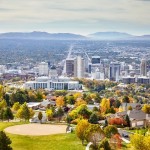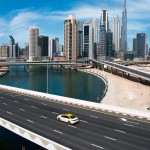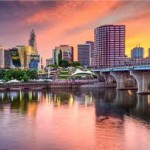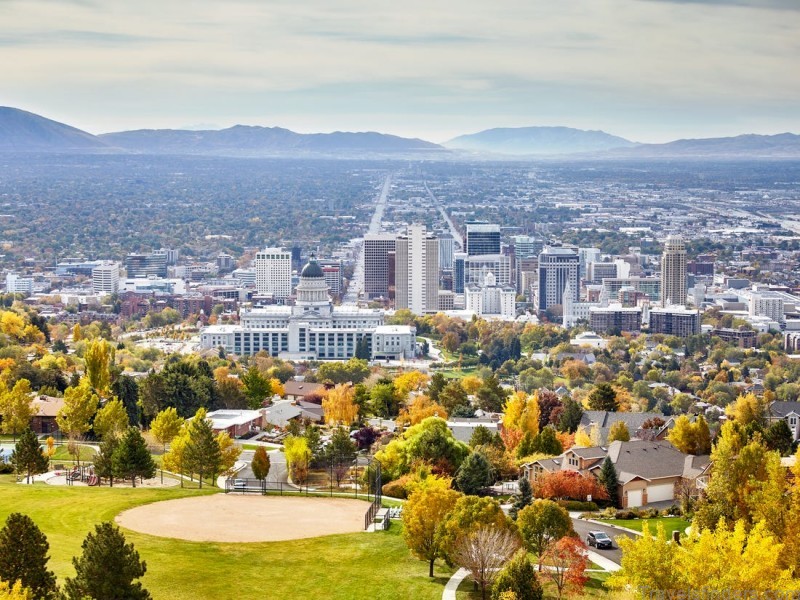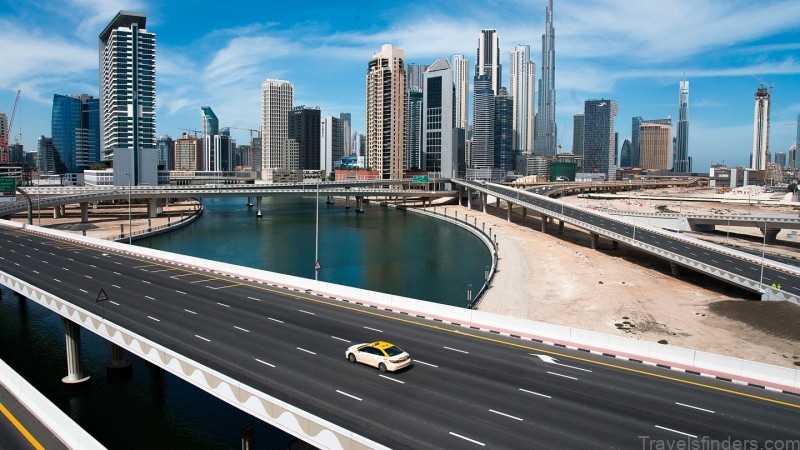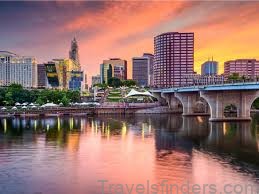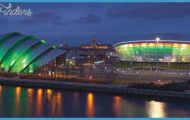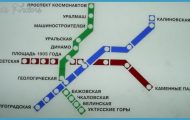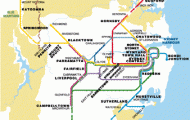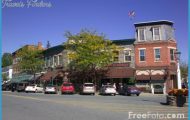Pandemics have marked the urban landscape. As outbreaks of cholera ravaged communities during the nineteenth and twentieth centuries, large parts of cities were reshaped for the provision of clean air and water. Frederick Law Olmsted – whose first son died of cholera – promoted New York’s Central Park to become the “lungs of the city.” In Philadelphia, development was cleared from the banks ofthe Schuylkill River and replaced with Fairmount Park to protectthe water supply.In London,the scenic promenades and gardens ofthe Victoria Embankment were the by-products of a new sewerage system designed to curb infections. And in Paris, 12,000 buildings were torn down and replaced with treelined boulevards and parks to bring fresh air and lightinto the city grid.
Closer to home, Melbourne (nicknamed “Smellbourne” in the nineteenth century) struggled with typhoid outbreaks, prompting the development of underground drainage systems.In Sydney, rising death rates within the overcrowded western suburbs spurred early Botanic Gardens director Joseph Maiden to campaign for more equitable distribution of recreation space across urban neighbourhoods. With limited medicine to treat emergent infections, cities around the world turned to urban design and open space as tools for disease management. In the twenty-first century, outdoor air pollution is linked to an estimated 4.2 million premature deaths worldwide each year.
1 The tollfor 2020 could be higher, as COVID-19 patients with long-term exposure to dirty air are experiencing more serious virus complications. According to research out of Harvard University’s T.H. Chan School of Public Health, ifthe air pollution of Manhattan,for instance, had been reduced by just a single unit(one microgram per cubic meter), it would likely have saved hundreds oflives.
2 In a COVID-19 world,the design of public space again needs to be considered through the lens of preventative health measures. We can draw inspiration from initiatives such as the Green Heart Project, a five-year clinical trial launched in 2017 in Louisville, Kentucky, a city with some ofthe worst air pollution of any mid-sized city in the United States. The project has ecologists, engineers, landscape architects and health researchers working together to understand how trees can improve people’s cardiovascular health by reducing urban air pollution. Determining the impact of vegetation on air quality is complex. But depending on the selection of species, and the location, size, and density ofthe plantings, kerbside vegetation does have the potentialto trap pollutants within the breathing zones of pedestrians. The Green Heart Project will provide a “bloom” of 8,000 mature street trees along a selection of neighbourhood streets.
Best cities after the pandemic Photo Gallery
Air quality will be monitored before, during and after the planting from air samplers on utility poles. A vehicle with real-time monitors will also record data while driving pre-set routes through the neighbourhoods. The results will contribute towards a better understanding around how trees may help – or hinder – air quality. More projects like Green Heart are needed. But encouraging cross-pollination between disciplines requires financial support. A 2016 study published in Nature looked at 18,476 Australian research proposals submitted over a five-year period to a national academic grant program. The study concluded that “the higher [the] degree ofinterdisciplinarity,the lower the probability of being funded.”3 Although the Green Heart project secured research funding, none ofit could be used to implementthe greening initiatives being tested; The Nature Conservancy eventually stepped in to help. Due to social distancing measures, COVID19 has accelerated the need to refine remote collaboration strategies. The digital platform iHUB – developed through a partnership between five Australian universities – seeks to facilitate engagement among government agencies, practitioners and citizens.
The initiative aims to create “novel processes” to enable the remote exchange ofideas and information on projects ranging in scale from cities and towns to buildings. Such platforms can help designers incubate new ideas in ways that transcend geographic barriers. Layering digital infrastructure into urban networks is another way of building city capacity.In 2018, Chicago installed more than five hundred sensors along city streets – known as the Array of Things – to act as a “fitness tracker” for the city. The goal is to collect data on urban life – environmental conditions, infrastructure functionality and city activity – to enhance city liveability. Such technologies are already being trialled in Australia through programs such as the Smart Cities Research Cluster atthe University of New South Wales and the City of Greater Geelong’s longrange, wide-area sensor network program (LoRaWAN Sensor Network).
It’s important, however,that such “invisible” initiatives don’t overshadow the urgent need for visible change in the design and accessibility of public open space, especially within under-serviced communities. Joseph Maiden’s efforts to improve equity of open space in Sydney at the turn ofthe century still resonate today. COVID-19 has heightened the income and social disparities of city residents, particularly affecting the elderly and minorities. Jackson Heights in Queens is one of New York City’s most ethnically diverse neighbourhoods; it has also been one ofthe hardest hit by the pandemic.It has very little open space.
Such issues are not reserved to US cities. The Australian Urban Observatory’s Liveability Reports for Australian cities indicate that many neighbourhoods across Australia don’t have easy access to public open space. 4 Lower income neighbourhoods are less likely to have backyards, parks within walking distance or tree-lined streets. Restricted access to quality open space for exercise and health puts these communities at a deeper disadvantage in cities under lockdown.In the post-pandemic recovery, better strategies are needed to distribute this vital city infrastructure in more equitable ways and at different scales and sizes. Green spaces also need to be better connected. Overflowing car parks atthe entry to community open spaces can indicate a failure to create well-integrated public space. Some US cities have begun to address this disparity through reclaiming streets for public open space.In April, Seattle announced it was permanently closing kilometres of streets to cars, prioritizing exercising and cycling. Oakland’s “slow street” initiative in California has temporarily closed 119 kilometres of city streets to outside traffic; New York, Washington DC, Philadelphia and Denver have set up similar measures, as have Berlin, Milan and Paris.
Before the pandemic, Barcelona was already carving out new open space for residents through giant 400-by-400-metre “superblocks” where cars are banned or restricted and walking and cycling is prioritized.In New Zealand, local councils are widening footpaths and installing temporary infrastructure to repurpose road space for pedestrian recreation. Effective treatments for COVID-19 could be years away. Temporary design measures will help cities get by. Butif cities wantto get ahead, long-term design responses are needed to ensure equitable and accessible open spaces will endure.
In nature, large-scale disturbances trigger massive change within ecosystems. How wellthe ecosystems recover depends partly on how diverse their structures are. After a bushfire, forests rich in species recover faster than farming monocultures.In re-imagining the post-pandemic city, we would be wise to follow cues from nature’s disaster recovery handbook. The social, economic and ecological health of our cities depends on it.

